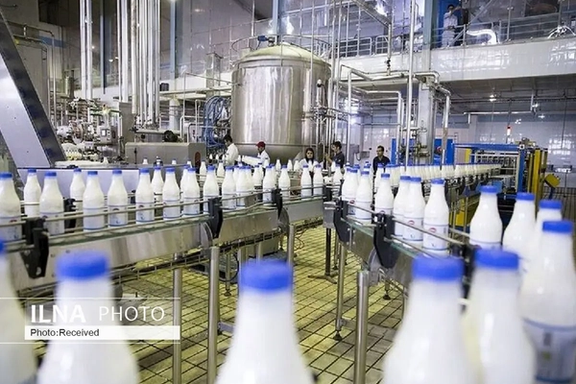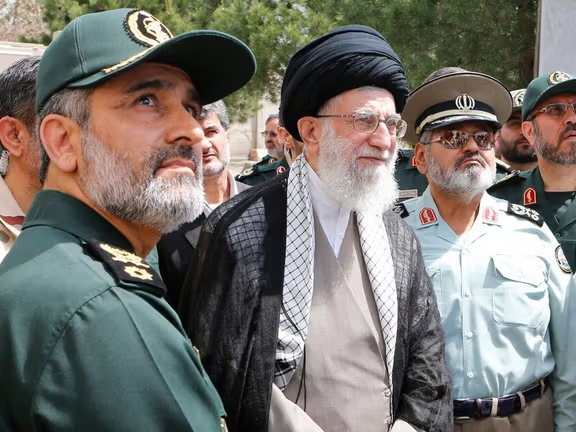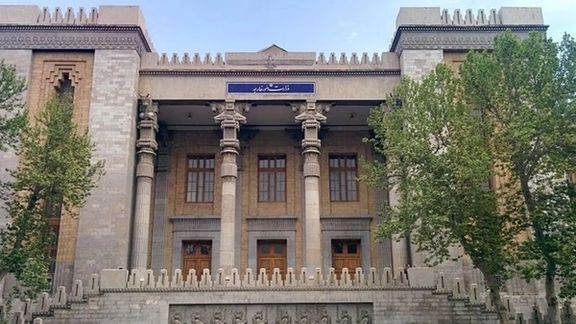While the Trump administration has previously used tariff hikes as leverage against nations it regarded as rivals, this approach has little impact on Iran, which exported only $6.2 million worth of goods to the US last year and just $2.2 million in 2023.
However, secondary tariffs could pose a serious threat to Iran. Under this mechanism, the US could target countries that import sanctioned Iranian goods by imposing tariffs on their exports to the American market.
This is particularly significant given that, according to Iranian customs data, about 83% of Iran’s non-oil exports go to seven countries: China, Iraq, the UAE, Turkey, Afghanistan, Pakistan, and India. With the exception of Afghanistan, all have substantial trade ties with the US. Continued commerce with Iran could jeopardize their access to the American market.
This issue presents two major challenges for Iran. First, it threatens the country’s ability to export sanctioned goods—such as oil, petrochemicals, and metals—to key markets. Second, it disrupts Iran’s strategy of using trade partners to rebrand these goods and reroute them to third countries.
In the first 11 months of the last Iranian fiscal year, which ended on March 20, Iran exported $43 billion worth of goods to these seven key countries. Meanwhile, according to the US Census Bureau, those same countries exported over $550 billion worth of goods to the United States in 2024—more than 11 times the value of their imports from Iran.
Take China, for example. Iranian customs data show it imported around $13.8 billion in non-oil goods from Iran during that period. In addition, tanker tracking data indicate that China received approximately 1.5 million barrels per day of Iranian crude and fuel oil--worth an estimated $40 billion.
Although China benefits from steep discounts on Iranian petroleum and non-oil goods, it exported $427 billion worth of goods to the US last year--highlighting the potential cost of secondary tariffs.
Rebranding Iranian products
The gap between Iran’s official trade figures and those reported by its key trading partners suggests that a substantial share of Iranian exports is being rebranded and re-exported as if originating from those countries.
For example, Iranian customs recorded $13.8 billion in non-oil exports to China over the first 11 months of the last fiscal year, yet China’s Customs data show only $4.44 billion in non-oil imports from Iran for all of 2024. Similarly, Iran reported $6.4 billion in exports to Turkey, but Turkish data—including natural gas—registered just $2.45 billion in imports from Iran. The discrepancy persists with India: Iranian data show $1.8 billion in exports, while India’s Ministry of Commerce reported only $718 million in imports from Iran.
Iraq, the UAE, Pakistan, and Afghanistan do not publish detailed trade statistics. However, Iran's reliance on countries like the UAE for rebranding sanctioned goods and rerouting them to global markets appears highly likely.
As noted, Iran’s foreign trade is concentrated in a small group of countries. This concentration means that imposing US tariffs on those re-exporting Iranian sanctioned goods would not be especially difficult.
Another key point is that US sanctions extend well beyond crude oil. They also target Iranian exports of petroleum products (such as liquefied petroleum gas, or LPG), petrochemicals, metals, and more. These items make up the majority of Iran’s non-oil exports.
In the first 11 months of the last fiscal year, Iran exported over $10 billion in LPG, $13 billion in petrochemicals, $10 billion in metals (especially steel, aluminum, and copper), and $5 billion in gas. These four categories alone accounted for 70% of Iran’s non-oil exports, with nearly all shipments headed to the seven countries mentioned above.







